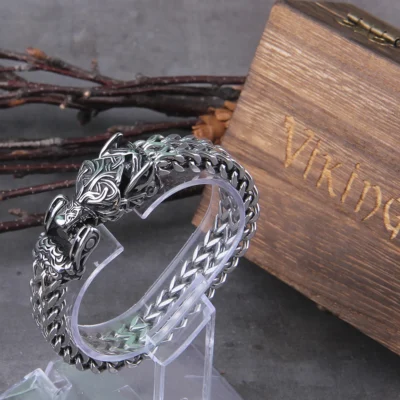Introduction – The Dark Figure at the Door
Few images strike fear and fascination quite like the Grim Reaper. Cloaked in black, carrying a scythe, this skeletal figure has haunted art, stories, and imagination for centuries. Its medieval roots and gothic reinvention reveal much about how people understood death — and how we continue to personify it today.
Medieval Origins of the Reaper
The figure of Death as a skeleton with a scythe appeared in Europe during the Middle Ages, especially after the devastation of the Black Death in the 14th century. As millions perished, artists and preachers sought a way to capture the inescapable nature of mortality.
The skeletal form represented the body stripped bare, a reminder of life’s fragility. The scythe echoed the tools of the harvest, suggesting that Death, like a farmer, reaped the living as crops when their time came.
The Dance of Death
Medieval art often depicted the Danse Macabre or Dance of Death — skeletons leading kings, peasants, and priests in a grim procession. No matter one’s station, Death came for all. These images served as both warning and comfort: life was fleeting, but death was universal.
In churches, murals and carvings of dancing skeletons reminded congregations of their mortality, urging them to repent and prepare their souls. The Grim Reaper was not just a frightful figure but also a moral teacher.
Fear and Faith
Medieval people lived in a world where plague, famine, and war were frequent. Death was never far from daily life. By personifying Death as a figure — the Reaper — people gave form to their fears.
Yet the Reaper was not entirely evil. In Christian thought, death was also a passage to the afterlife. The Reaper became both terrifying and necessary, a guide who ushered souls from the mortal world to eternity.
The Gothic Reinvention
As gothic art and literature blossomed centuries later, the Grim Reaper gained new layers of symbolism. In gothic tradition, he became not just a reminder of mortality but also an emblem of mystery, darkness, and fate. Writers and artists used the Reaper to explore themes of justice, punishment, and the unknown.
By the Victorian era, the Grim Reaper appeared in funerary art, poetry, and later, gothic fashion. Cloaks, scythes, and skeletal imagery became symbols not only of death but also of fascination with the supernatural.
Symbolism of the Scythe and Cloak
- The Scythe: Harvesting crops symbolised the inevitability of death — life cut down in its season.
- The Cloak: Darkness and concealment, representing the unknown nature of death.
- The Skull: A memento mori, or reminder of mortality, urging reflection on life’s brevity.
- The Hourglass: Often paired with the Reaper, symbolising time running out.
These symbols resonated deeply in the medieval mind and still appear in gothic art, tattoos, and jewellery today.
Enduring Fascination
Why does the Grim Reaper remain so powerful? Perhaps because it embodies the universal truth that no one can escape death. Yet by personifying it, we gain a way to imagine, negotiate, and even confront the inevitable.
In gothic fashion and art, the Reaper has become a striking emblem of rebellion, mystery, and the courage to face the unknown. For Halloween especially, it is a reminder of how medieval symbols still shape our sense of the eerie.
Linking Past to Present
At Histories & Castles, the fascination with medieval and gothic imagery lives on in our Medieval Halloween collection. From Grim Reaper jewellery to gothic T-shirts, these designs carry forward a symbol that is both ancient and enduring.
Conclusion – The Harvest of Time
From the plague-ridden streets of the Middle Ages to the gothic imagination of today, the Grim Reaper has remained a haunting figure. Born of fear yet rich with meaning, this cloaked skeleton reminds us that time is precious, life is fleeting, and death is a harvest none can escape.







